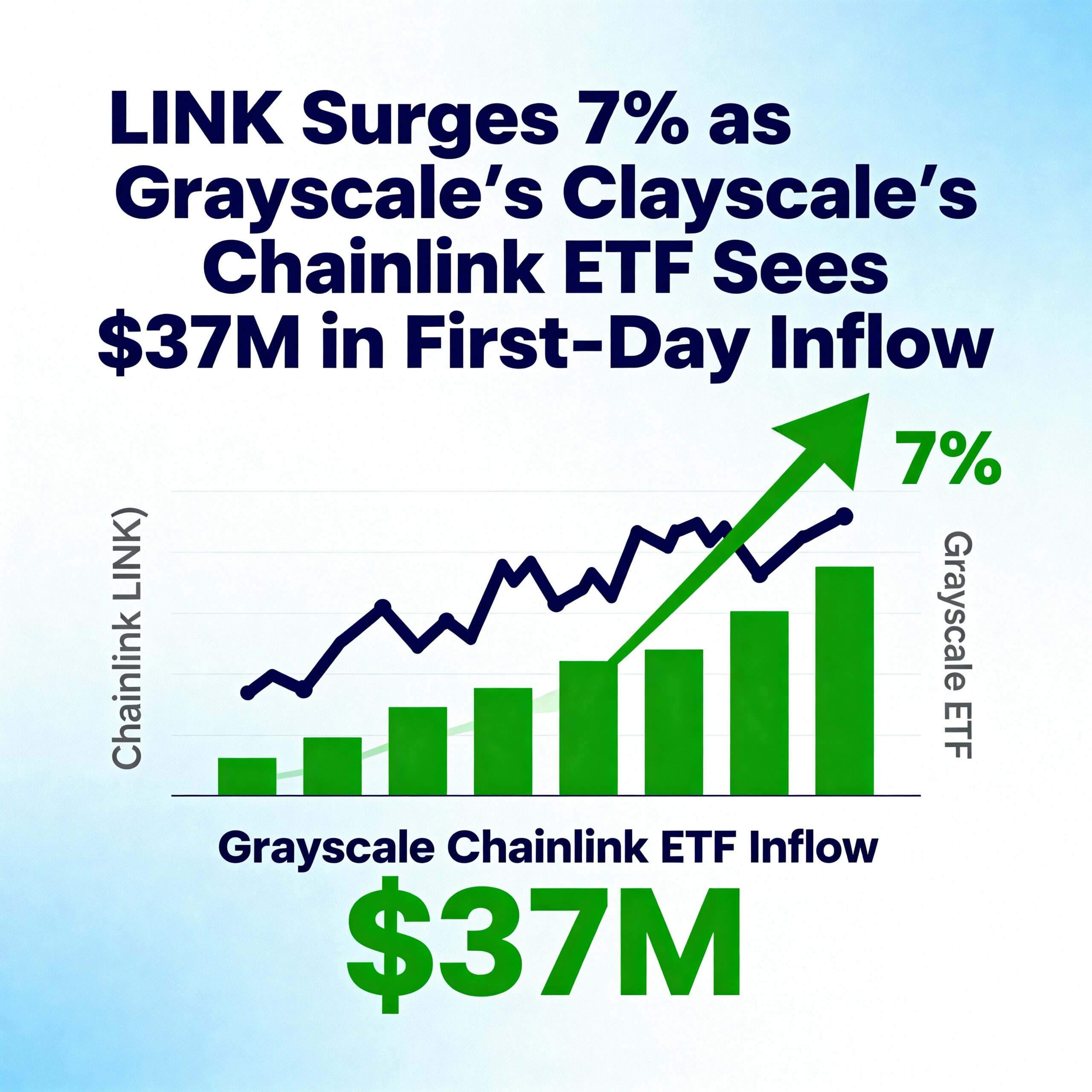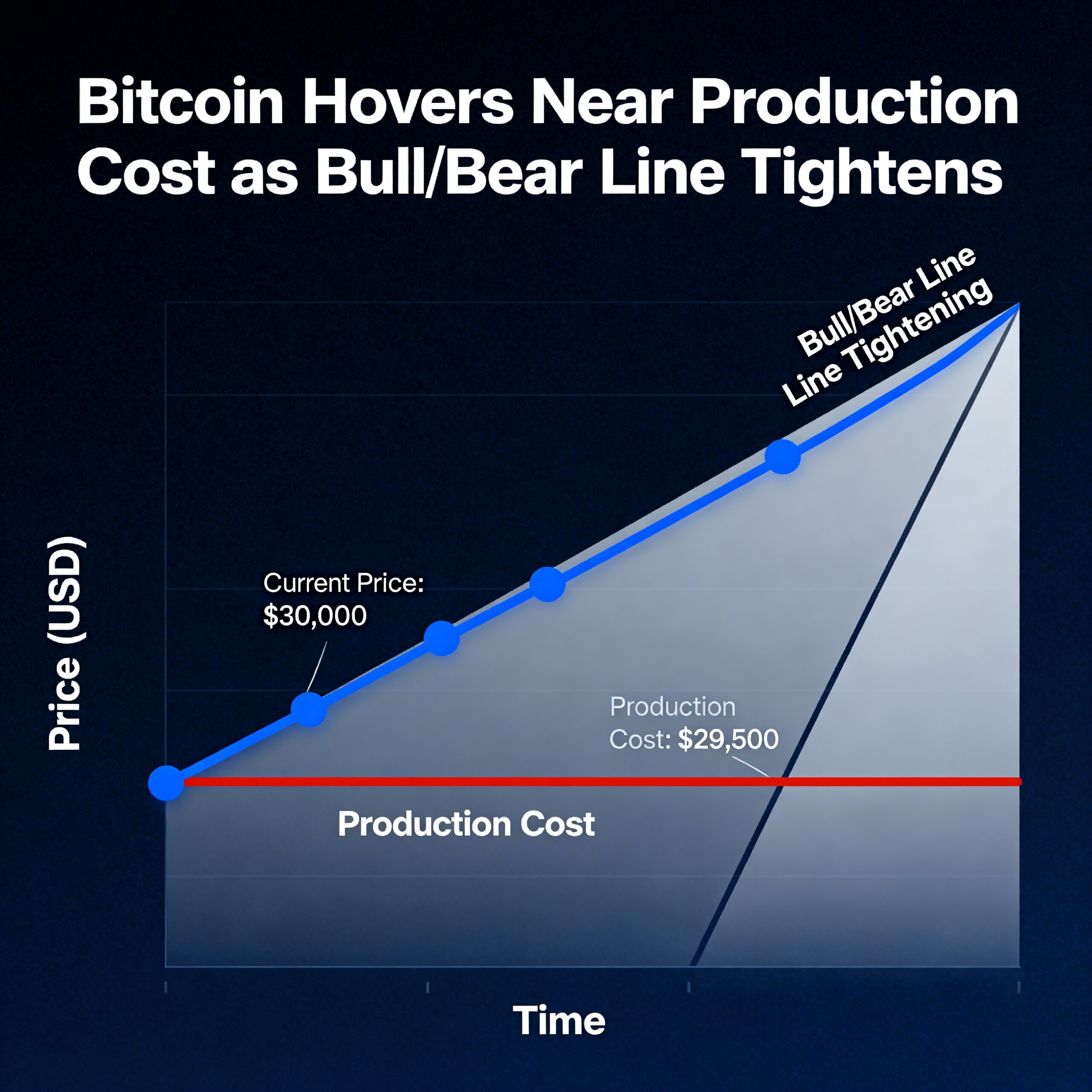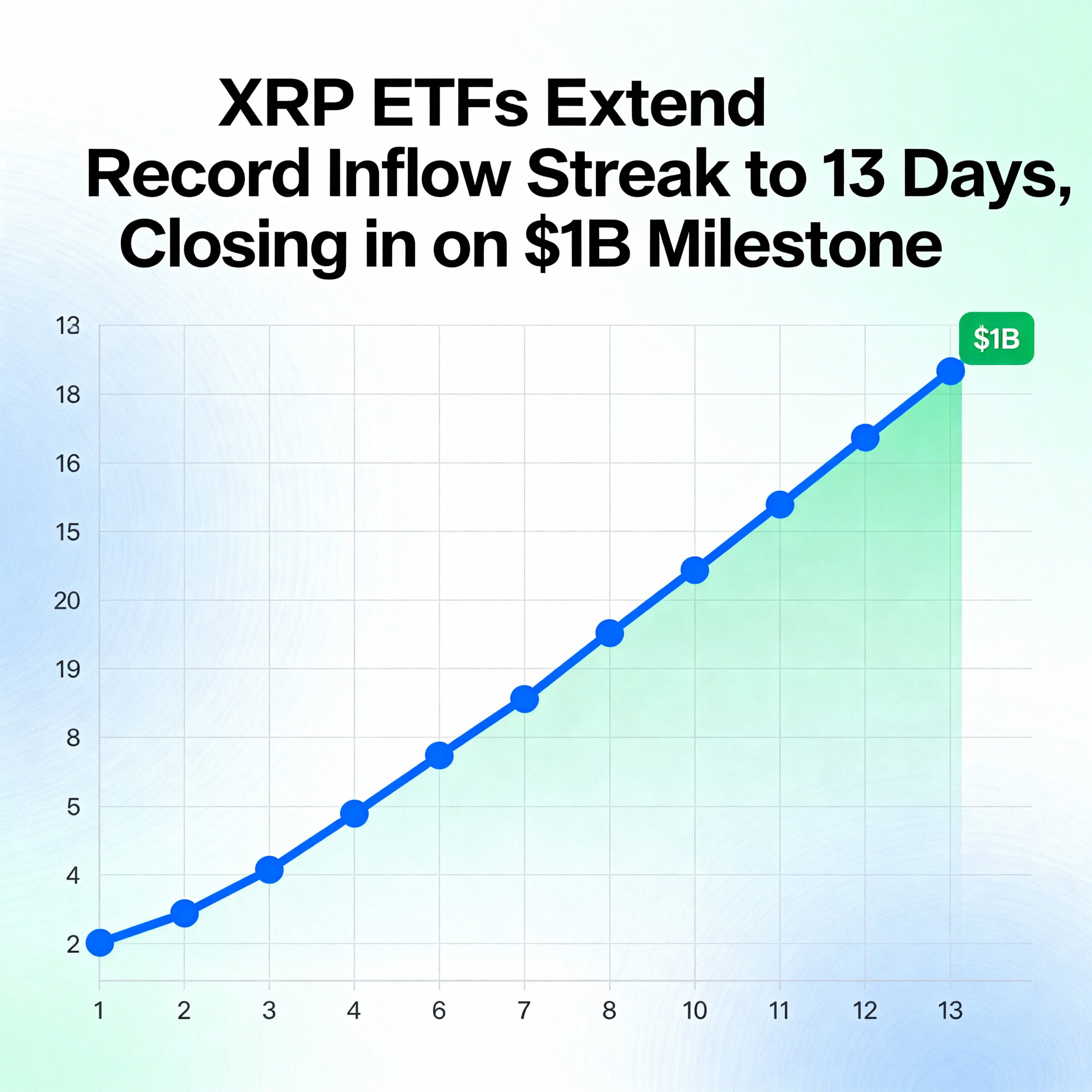
Crypto veteran Arthur Hayes thinks most market watchers have it backwards. While the Federal Reserve captures headlines, he says the real monetary action—the kind that moves markets—is unfolding at the U.S. Treasury.
“The real show is at the Treasury Department. Ignore the Fed. It doesn’t matter,” Hayes told CoinDesk in a recent interview. “Powell was irrelevant in 2022 and remains irrelevant today.”
In Hayes’ view, Federal Reserve policy has become a distraction. The main driver of global liquidity is now Treasury Secretary Scott Bessent, who is deploying tools like bond buybacks and creative auctions to manage an unsustainable U.S. debt trajectory—all while flooding the financial system with dollars.
That flood, Hayes argues, is fueling risk assets—and Bitcoin is set to ride the wave all the way to $1 million by 2028.
“All that matters is liquidity,” he said. “Are there more dollars today than yesterday? That’s the only question investors should be asking.”
Trade Theater and Hidden Tools
But liquidity isn’t the only reason Hayes is bullish. He also sees geopolitical misdirection at play.
With U.S.-China trade talks inching forward, Hayes predicts a deal that looks impressive in public but has little real impact.
“It’ll be political theater,” he said. “Trump wants to look like he’s being tough. Xi wants to show strength to his base. But nothing meaningful will change.”
Instead of overt economic warfare like tariffs, Hayes believes U.S. policymakers will lean into more covert tools—such as taxes on foreign investment—to rebalance trade and finance flows without alarming voters.
“The U.S. needs a stealthy realignment,” he explained. “No politician can win by telling Americans to spend less. So they’ll use tools that hit foreign capital instead.”
These tools may include taxes on foreign-held Treasuries, bond maturity extensions, or even higher withholding taxes on U.S. asset gains—soft forms of capital control aimed at reducing dependence on international buyers.
America’s Consumption Habit and China’s Math Problem
Hayes is blunt about U.S. political will: “Americans don’t want to be told to tighten their belts. They want to buy more, not less.”
Meanwhile, China, despite its nationalistic rhetoric, remains reliant on U.S. assets.
“They’ll keep buying—quietly,” Hayes said. “They have to. Their economy still depends on the U.S. consumer, and the numbers don’t let them walk away.”
Bitcoin as the Release Valve
With liquidity building, policy masking real shifts, and geopolitical tensions simmering, Hayes sees Bitcoin as the natural outlet.
His own portfolio reflects that conviction: 60–65% Bitcoin, 20% Ethereum, and the remainder spread across select altcoins he believes have real-world utility.
“We’re in a fundamentals market now,” Hayes said. “Investors want function, not fluff.”
To him, this cycle is different—not just because of macro pressures, but because the market is maturing.
“The system’s breaking in slow motion,” Hayes concluded. “And Bitcoin is the pressure valve.”





















